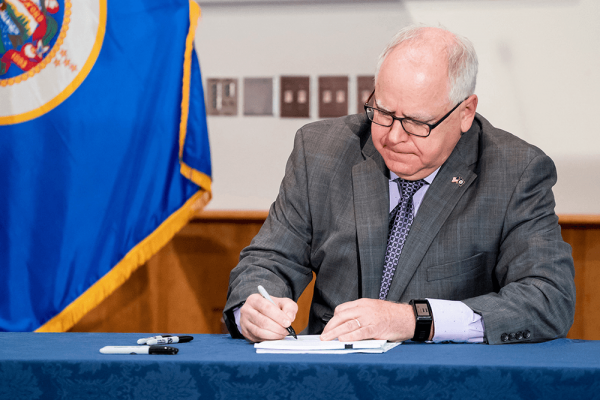Sep 11, 2024
As Vice President Kamala Harris and Minnesota Gov. Tim Walz continue to campaign across the country, pastors and organizers in Minnesota are reflecting on their work with the governor, saying that he has displayed an authentic willingness to collaborate with faith and community leaders over his tenure.
Read the Full Article

Already a subscriber? Login
